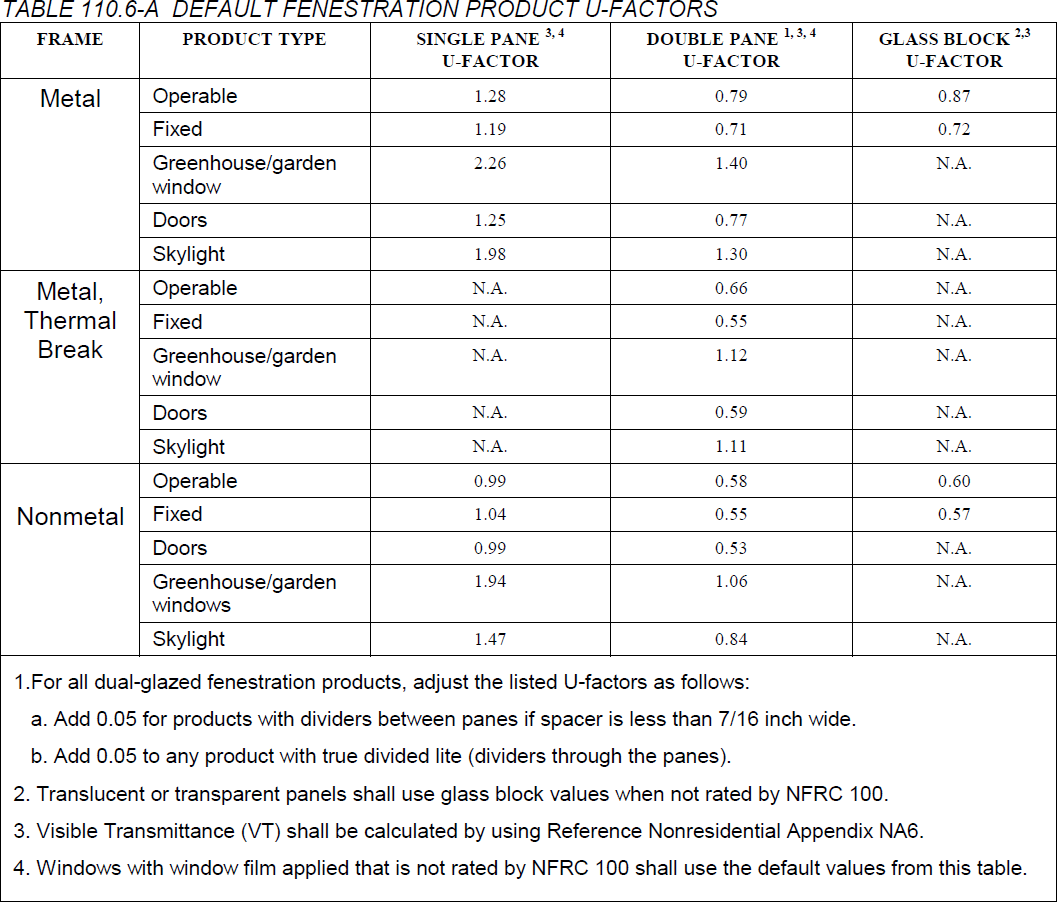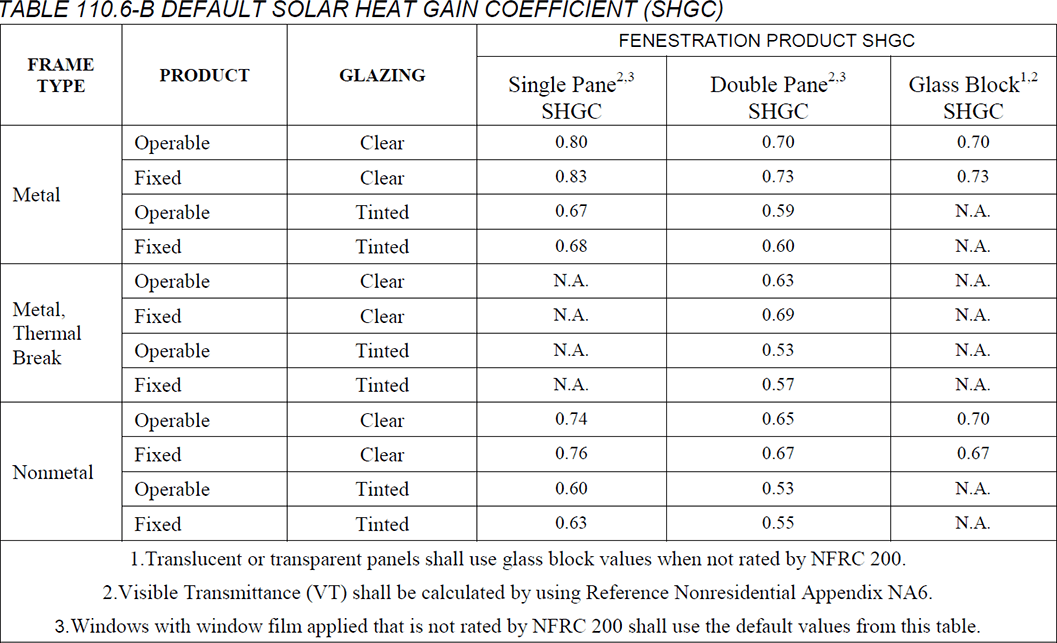California’s Building Energy Efficiency Standards for new construction and alteration of residential and nonresidential buildings are updated approximately every three years. These standards serve as a foundational part of California’s long-term strategy for meeting energy demand and resource conservation.
Each update brings the state closer to its goal of Zero Net Energy (ZNE) for newly constructed low-rise residential buildings by 2020 and commercial buildings by 2030.
California’s Building Energy Efficiency Standards are tailored to California’s 16 climate zones. Under these standards, builders must install a list of mandatory energy efficiency measures and can choose one of the two following design and construction methods to achieve the remaining energy efficiency requirements:
- Prescriptive approach: a set of additional features that meet the minimum threshold for energy efficiency in each of California’s 16 climate zones. No energy efficiency trade offs are allowed; choosing a more efficient measure in one category will not make up the difference for a less energy efficient measure in another (cool roof, insulation, flooring, doors and windows, HVAC, etc.)
- Performance approach: determines annual energy performance based on proposed building design features. Energy efficiency trade offs are allowed.
When compliance is being demonstrated with either the prescriptive or performance compliance paths, the minimum mandatory measures must be met regardless of the method of compliance being used. Mandatory requirements are necessary to support the long-term goal of ZNE buildings.
California Energy Standards for Fenestration Products
Fenestration products such as windows, glazed doors, dynamic glazing, window films, and skylights have a significant impact on energy use in a home. The size, orientation, and types of fenestration products can dramatically affect the overall energy performance of a house and affect the operation of the HVAC system, not to mention the comfort of the occupants.
The 2013 building codes included updated standards for building envelopes, including fenestration products to reduce energy loss and enhance building performance. The 2016 Energy Standards update included some additional updates pertaining to fenestration air-leakage and U-factor requirements.
The following tables reflect the 2019 Building Energy Efficiency Standards mandatory requirements for fenestration products and exterior doors:




More Resources for the 2013 & 2016 CA Building Energy Code
Want to know more about what’s new and what’s changed for the building energy code standards this year?
You can learn more by visiting the following websites and resources:
Tables courtesy of the California Energy Commission